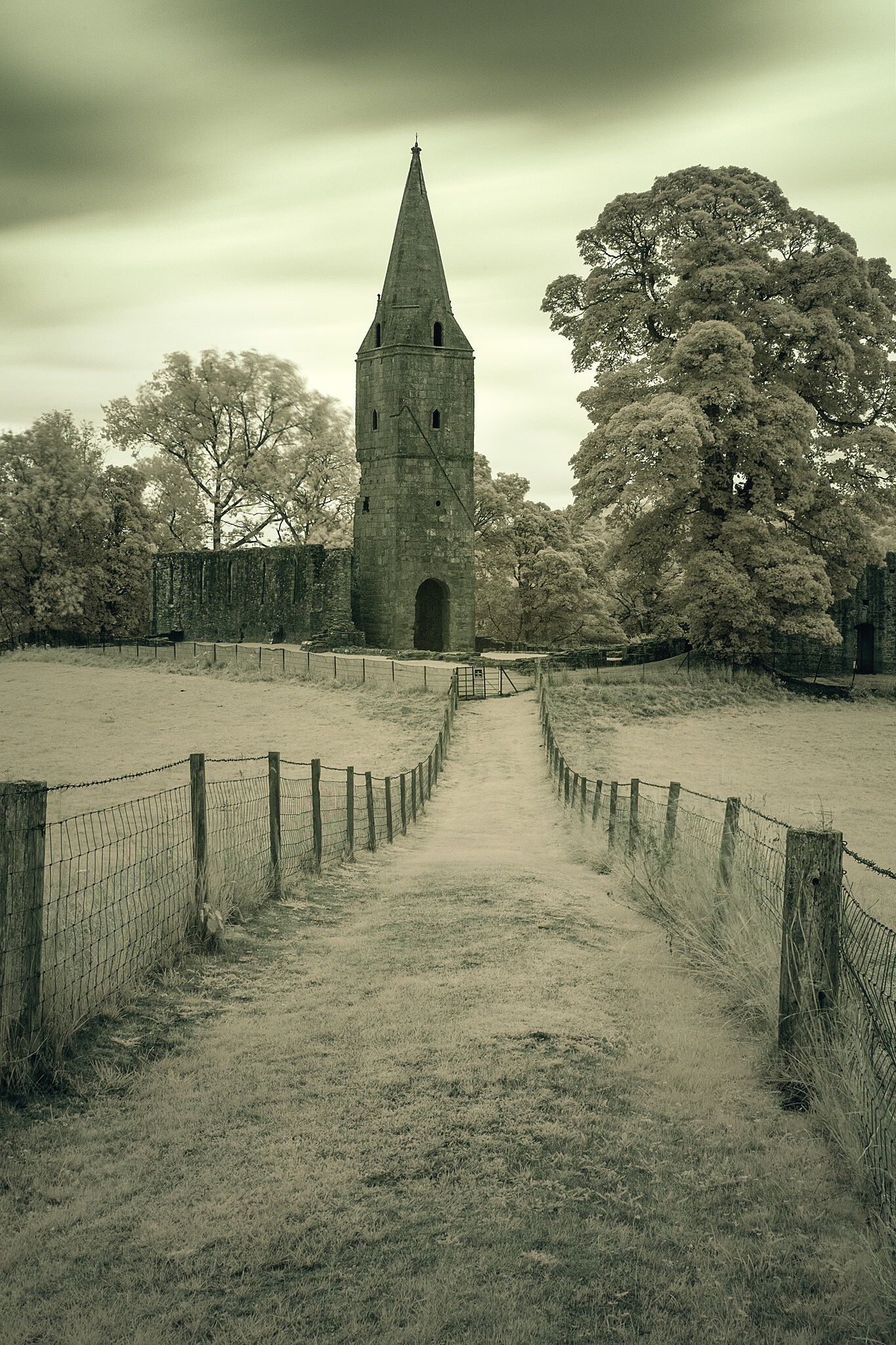Restenneth Priory, Scotland
The origins of Restenneth Priory are said to date back to the reign of King Nechtan, a Pictish King of the 8th Century. In 715, King Nechtan asked the Abbot Ceolfrid for craftsmen who were able to build in stone, as he intended to build a church dedicated to St. Peter. It is believed that Restenneth Priory is built on the site of this early Pictish church. Restenneth was granted lands by King David I of Scotland, who reigned from the 1124-1153, so we know that there was a Priory established here by the end of his reign. It is possible that King David founded this community.
King Malcolm IV, in 1162, placed Restenneth Priory under the care and control of Jedburgh Abbey. I believe it would only be possible for him to do this, if it had been a royal establishment. If it had not been an Augustinian Monastery previously, it became one at this point. In the early 13th Century, the monastery was expanded and a new nave and choir were built. Restenneth was heavily damaged during the Wars of Independence in the early 14th Century. In 1327, Robert the Bruce had his infant son John buried here. Throughout the middle ages, the church served as a local parish church for the community, until 1591, when it was no longer in use and began to fall into decay. Unfortunately little remains today of the monastic buildings, the church tower is the most notable structure still standing.

